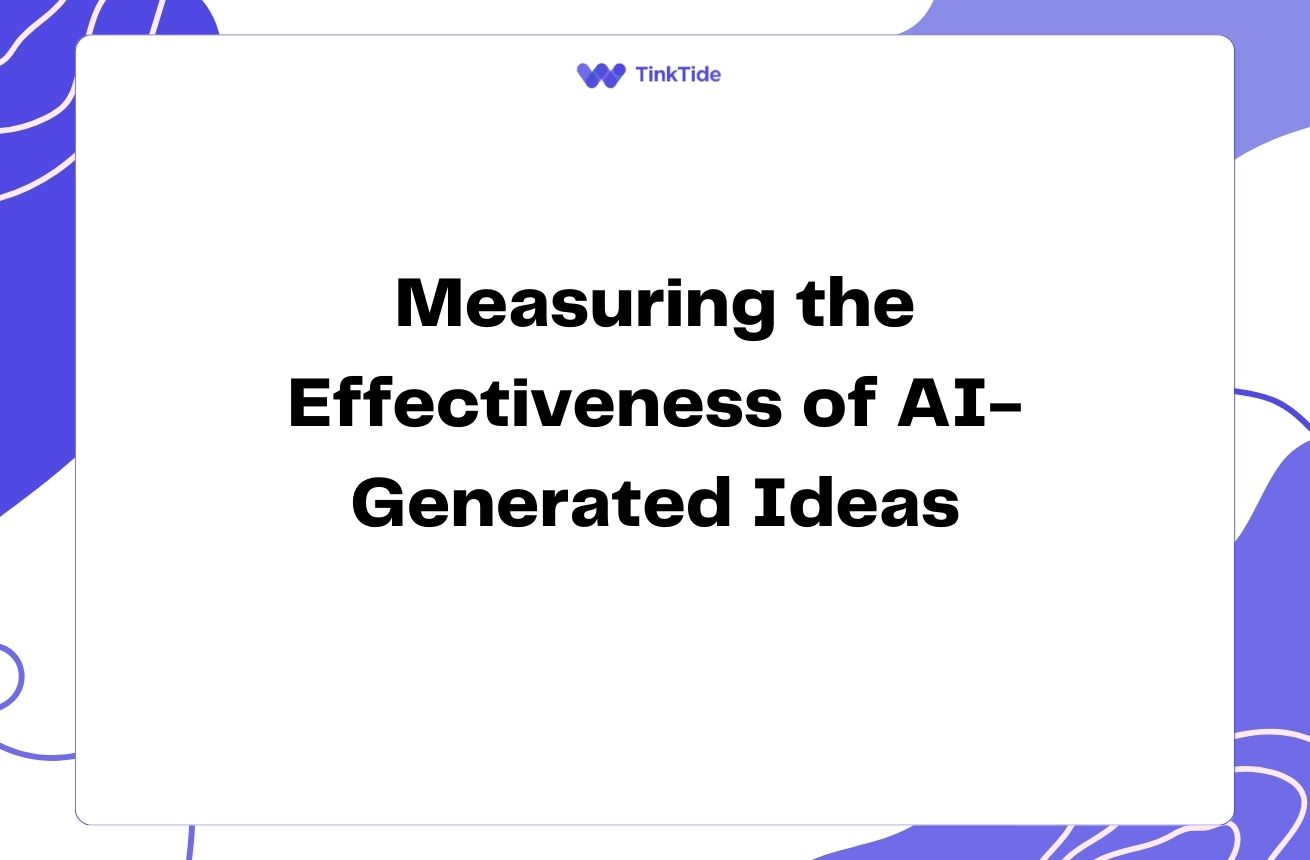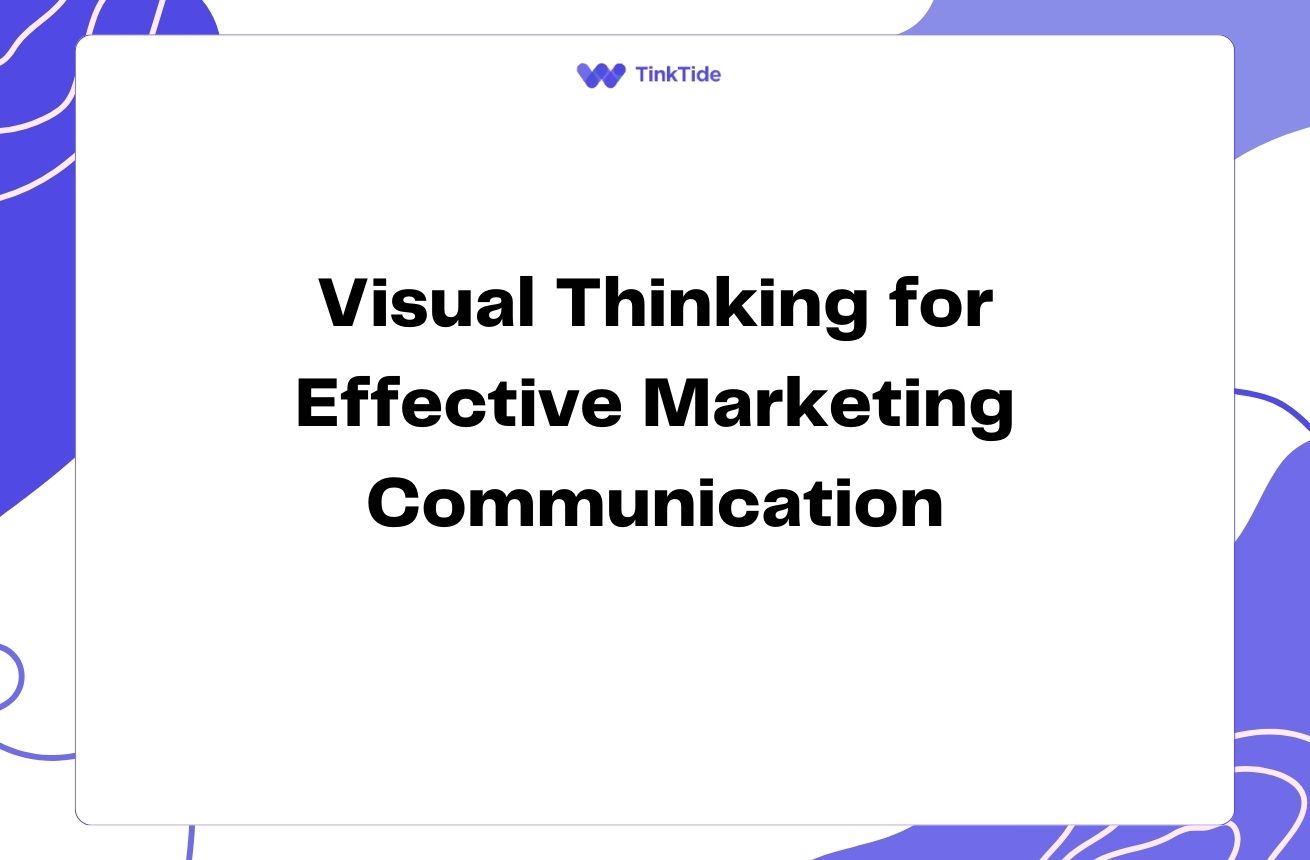AI's Journey: From Initial Concept to Final Creation
The Spark of AI Innovation
Artificial Intelligence (AI) begins its journey as a spark of innovation in the minds of researchers, engineers, and visionaries. This initial concept often stems from a desire to solve complex problems or improve existing processes. For instance, the idea of natural language processing emerged from the need to bridge the communication gap between humans and machines.
At this stage, the focus is on identifying potential applications and benefits of AI in various domains. Brainstorming sessions and collaborative discussions play a crucial role in refining the initial concept. Teams explore questions like: What problem are we trying to solve? How can AI provide a unique solution? What are the potential implications and ethical considerations?
The conceptualization phase also involves preliminary research to understand the current state of AI technology and identify any existing solutions or approaches. This helps in determining the novelty and feasibility of the proposed AI concept.
As the concept takes shape, it's essential to consider its alignment with organizational goals, market needs, and technological capabilities. This initial evaluation helps in determining whether to proceed with further development or to refine the concept further.
From Concept to Design: Laying the AI Foundation
Once the initial concept is solidified, the next step is to translate it into a concrete design. This phase involves creating a detailed blueprint of the AI system, outlining its architecture, components, and functionalities.
- Define the AI model architecture (e.g., neural networks, decision trees)
- Identify required data sources and types
- Outline the data preprocessing and feature engineering steps
- Determine the training and evaluation methodologies
- Plan for scalability and integration with existing systems
Data: The Fuel for AI Development
Data is the lifeblood of AI systems. In this crucial phase, teams focus on collecting, cleaning, and preparing the data that will train and power the AI model. The quality and quantity of data significantly impact the AI's performance and capabilities.
Data collection involves gathering relevant information from various sources, which may include structured and unstructured data. This could range from historical records and sensor data to text documents and images, depending on the AI's purpose.
Data preprocessing is a critical step that involves cleaning the data, handling missing values, and transforming it into a format suitable for AI algorithms. Feature engineering, where relevant attributes are extracted or created from the raw data, also takes place during this stage.
Ensuring data quality and addressing potential biases are paramount. Teams must carefully examine the data for any inherent prejudices or imbalances that could lead to unfair or inaccurate AI outcomes.
AI Model Development and Training
With the foundation laid and data prepared, the focus shifts to developing and training the AI model. This phase involves selecting appropriate algorithms, implementing the model architecture, and fine-tuning its parameters.
The choice of AI algorithm depends on the problem at hand. For instance, deep learning models might be suitable for complex pattern recognition tasks, while decision trees could be more appropriate for interpretable decision-making processes.
Training the AI model is an iterative process that involves feeding it the prepared data and adjusting its parameters to improve performance. This often requires significant computational resources and time, especially for large-scale AI systems.
Throughout the development process, continuous evaluation and validation are essential. Teams use various metrics and techniques to assess the model's performance, identify areas for improvement, and ensure it meets the desired objectives.
Testing and Refinement: Polishing the AI Diamond
Before an AI system can be deployed, it undergoes rigorous testing to ensure its reliability, accuracy, and robustness. This phase involves exposing the AI to various scenarios and edge cases to evaluate its performance and identify potential weaknesses.
Testing often reveals areas where the AI model needs refinement. This could involve adjusting the model architecture, fine-tuning hyperparameters, or even revisiting the data preparation stage to address any identified shortcomings.
Ethical considerations play a crucial role in this phase. Teams must ensure that the AI system behaves fairly and doesn't perpetuate biases or make discriminatory decisions. This may involve conducting bias audits and implementing safeguards.
User testing and feedback are also valuable during this stage. Involving potential end-users helps in identifying usability issues and ensuring that the AI system meets real-world needs and expectations.
Deployment and Integration: AI in Action
The final step in the AI journey is deploying the system and integrating it into existing workflows or applications. This phase transforms the AI from a concept and model into a practical, working solution.
- Prepare the infrastructure for AI deployment (cloud or on-premises)
- Integrate the AI system with existing software and databases
- Implement security measures to protect the AI and its data
- Develop user interfaces or APIs for interacting with the AI
- Provide training and documentation for end-users
Continuous Improvement and Evolution
The journey of AI doesn't end with deployment. Continuous monitoring, maintenance, and improvement are essential to ensure the AI system remains effective and relevant over time.
As the AI interacts with real-world data and scenarios, it may encounter new patterns or challenges. Regular updates and retraining help in adapting the model to these changes and improving its performance.
Feedback from users and stakeholders plays a crucial role in guiding the AI's evolution. This ongoing dialogue helps in identifying new features, addressing limitations, and aligning the AI with changing needs and expectations.
The AI journey is cyclical, with insights gained from deployment often sparking new ideas and improvements, leading back to the conceptualization phase for the next iteration of innovation.
Address common questions
As we explore the journey of AI from concept to creation, several questions often arise. Let's address some of these common queries:
How long does it typically take to develop an AI system from concept to deployment?
The timeline for AI development can vary significantly depending on the complexity of the system, the availability of data, and the resources allocated. A simple AI project might take a few months, while more complex systems could require years of development and refinement.
What are the biggest challenges in AI development?
Some of the major challenges include acquiring high-quality, unbiased data, selecting appropriate algorithms, ensuring ethical AI behavior, and integrating AI systems with existing infrastructure. Additionally, addressing interpretability and explainability of AI decisions can be particularly challenging for complex models.
How does AI impact job markets and workforce skills?
AI is transforming job markets by automating certain tasks and creating new roles. While some jobs may be displaced, AI also creates opportunities in areas like data science, AI engineering, and AI ethics. It's crucial for workers to adapt and acquire AI-related skills to remain competitive in the evolving job market.
What ethical considerations are important in AI development?
Key ethical considerations include ensuring fairness and avoiding bias, protecting privacy and data security, maintaining transparency and explainability of AI decisions, and considering the societal impact of AI systems. It's crucial to address these issues throughout the AI development process.
How can businesses determine if they need AI solutions?
Businesses should assess their specific challenges and goals to determine if AI can provide valuable solutions. Consider factors like data availability, potential for automation or prediction, and the complexity of decision-making processes. It's often helpful to start with small-scale AI projects to evaluate the potential benefits and challenges.
What's the future of AI development?
The future of AI is likely to involve more advanced and specialized AI systems, improved integration with other technologies like IoT and blockchain, and increased focus on explainable and trustworthy AI. We may also see advancements in areas like artificial general intelligence (AGI) and more widespread adoption of AI across various industries and aspects of daily life.
Provide additional resources
Introduction to Machine Learning
A comprehensive course covering the fundamentals of machine learning and AI
AI Ethics Guidelines
Microsoft's approach to responsible AI development and deployment
State of AI Report
Annual report on the latest trends and developments in AI
AI for Everyone
A non-technical course explaining AI concepts and applications
AI Impact on Industries
McKinsey's insights on how AI is transforming various sectors
AI Development Best Practices
Google Cloud's guide to developing and deploying AI solutions
Embracing the AI Revolution
The journey of AI from concept to creation is a testament to human ingenuity and technological progress. As we've explored, this process involves multiple stages, each crucial in shaping the final AI solution.
From the initial spark of an idea to the continuous evolution of deployed systems, AI development is a dynamic and iterative process. It requires a blend of creativity, technical expertise, ethical consideration, and adaptability.
As AI continues to advance and permeate various aspects of our lives, understanding this journey becomes increasingly important. Whether you're a business leader, a developer, or simply an interested individual, embracing the AI revolution starts with appreciating the complex yet fascinating process that brings these intelligent systems to life.
Ready to Embark on Your AI Journey?
Discover how Tinktide can help you navigate the world of AI and unlock its potential for your business.
Start Your Free Trial

